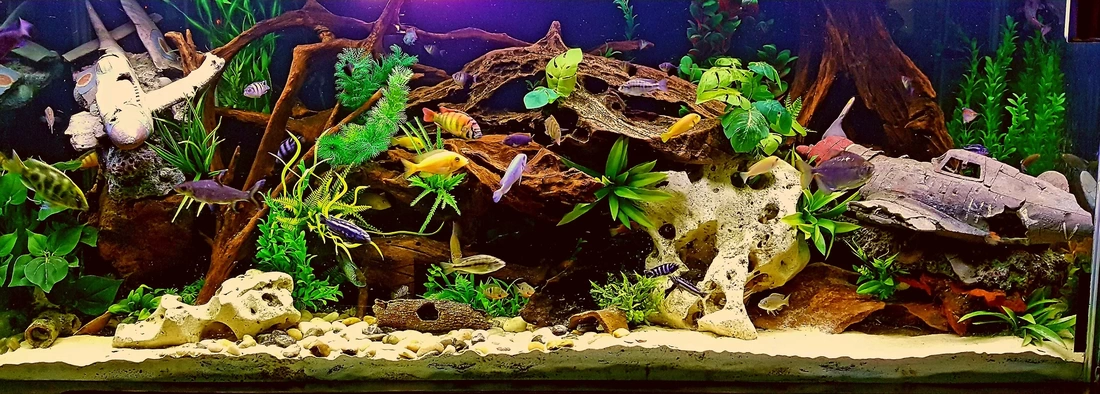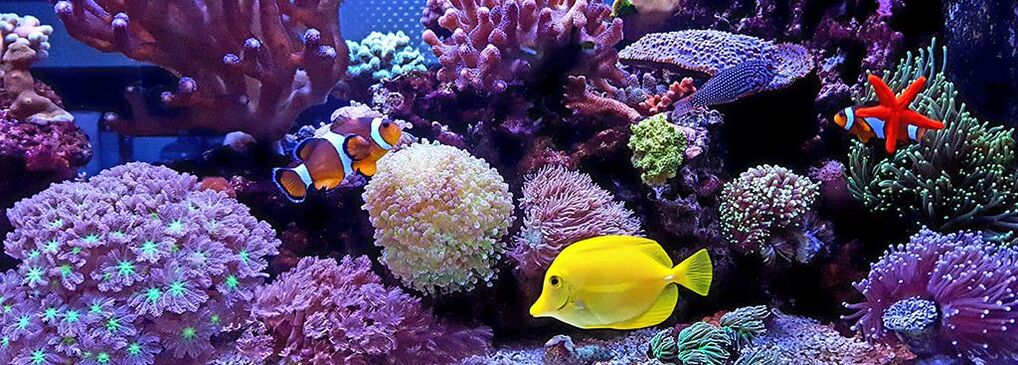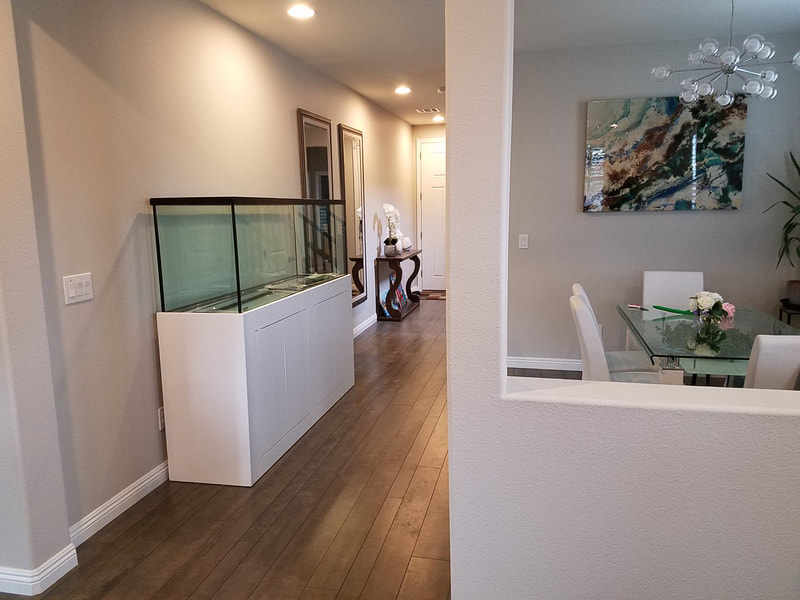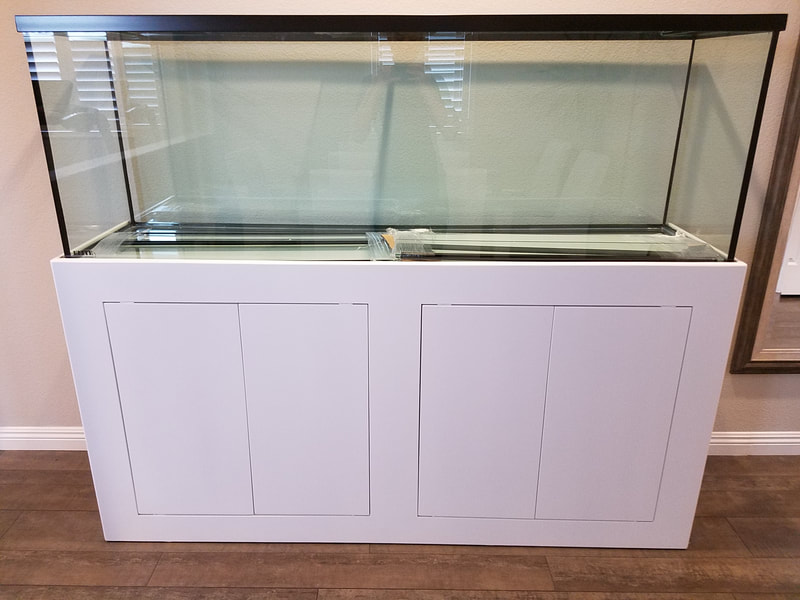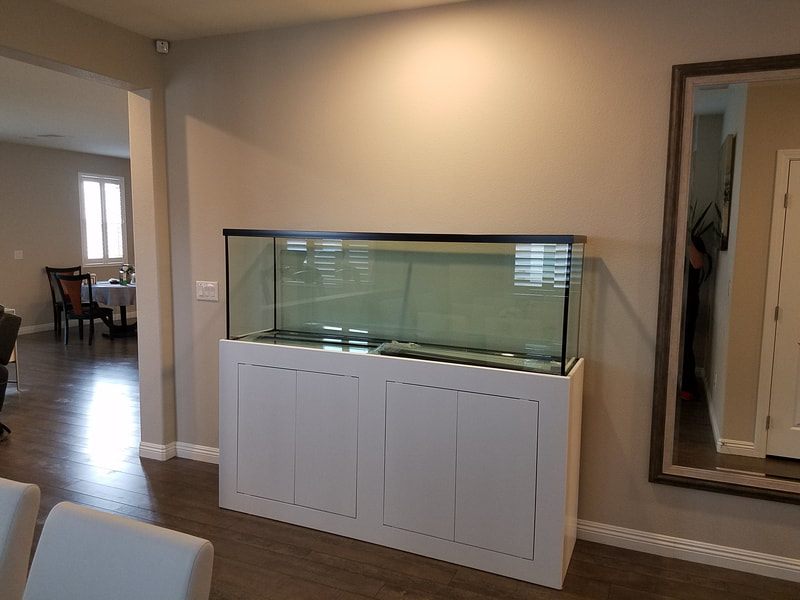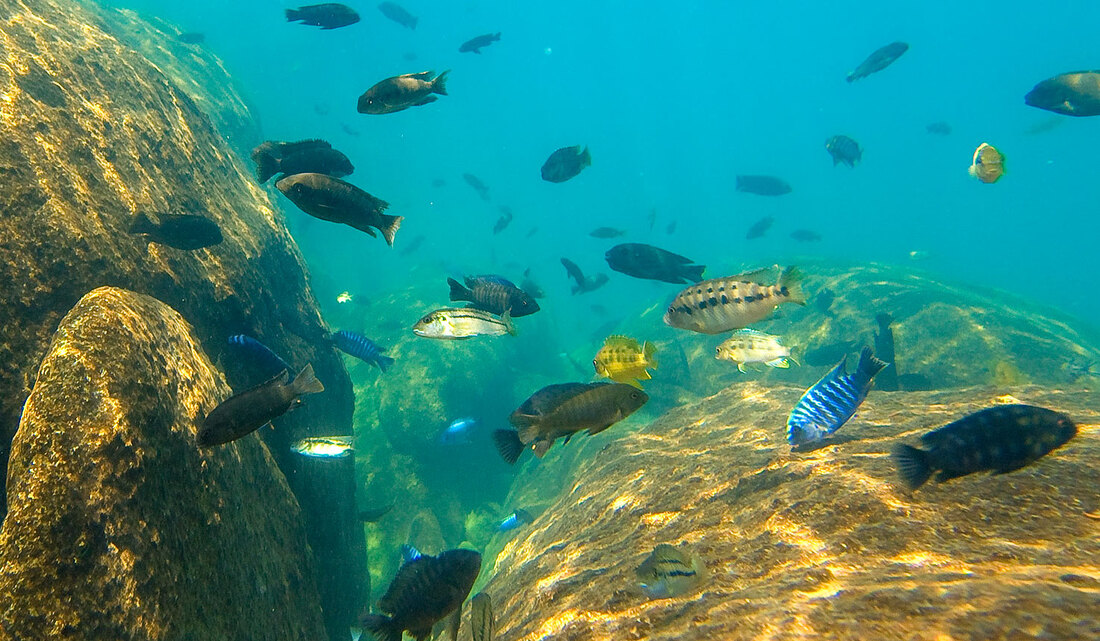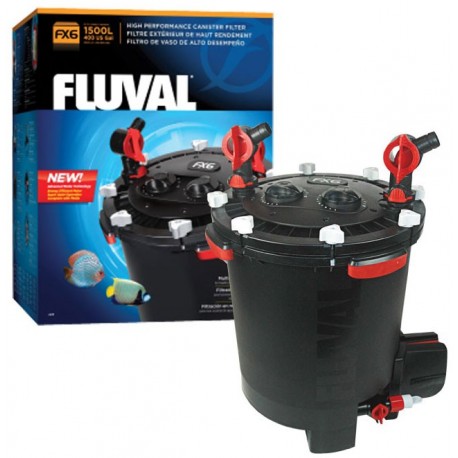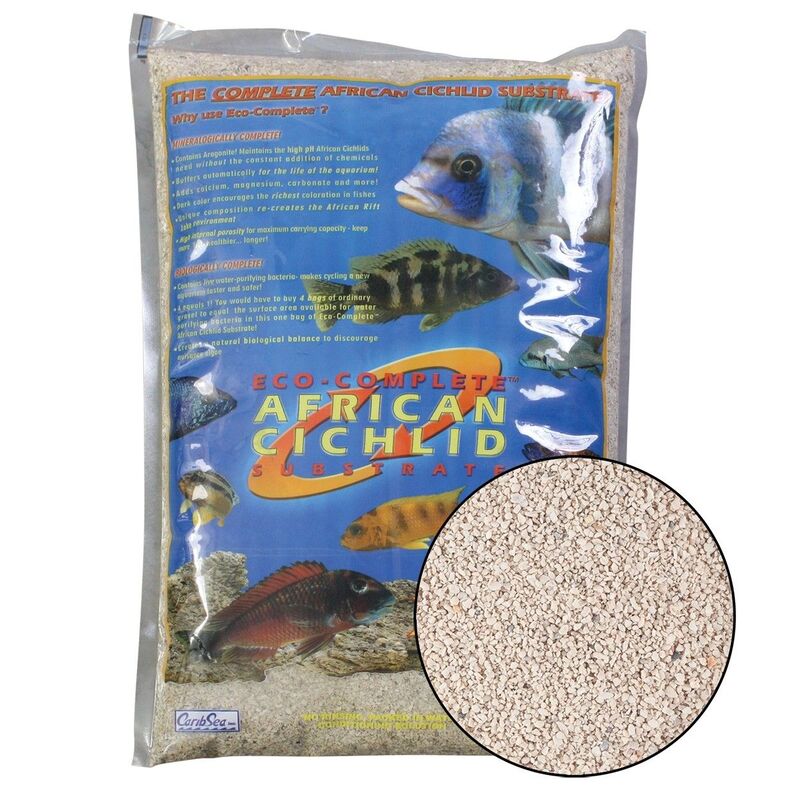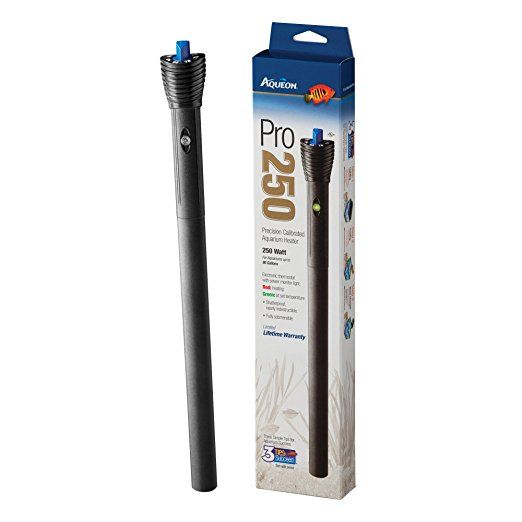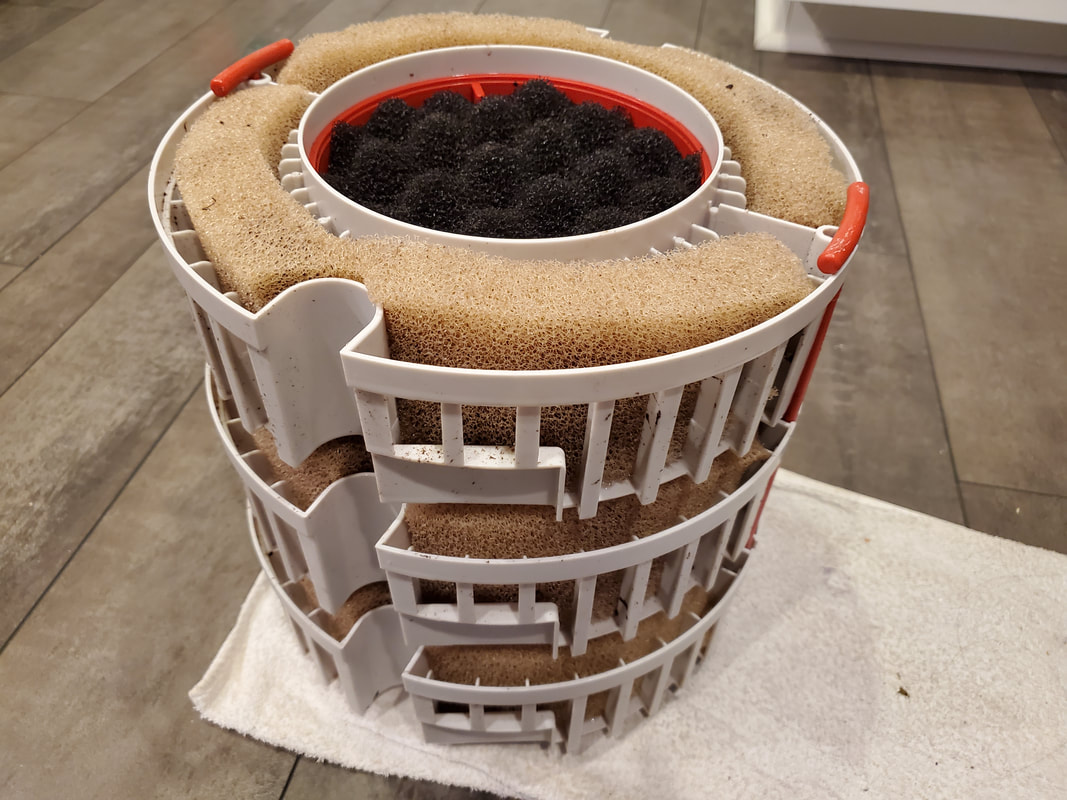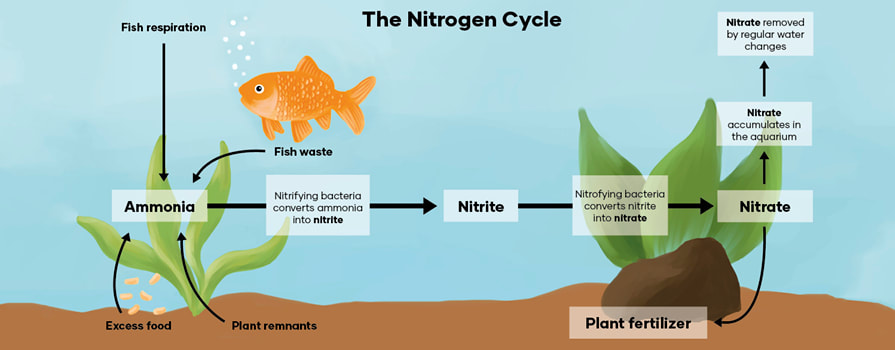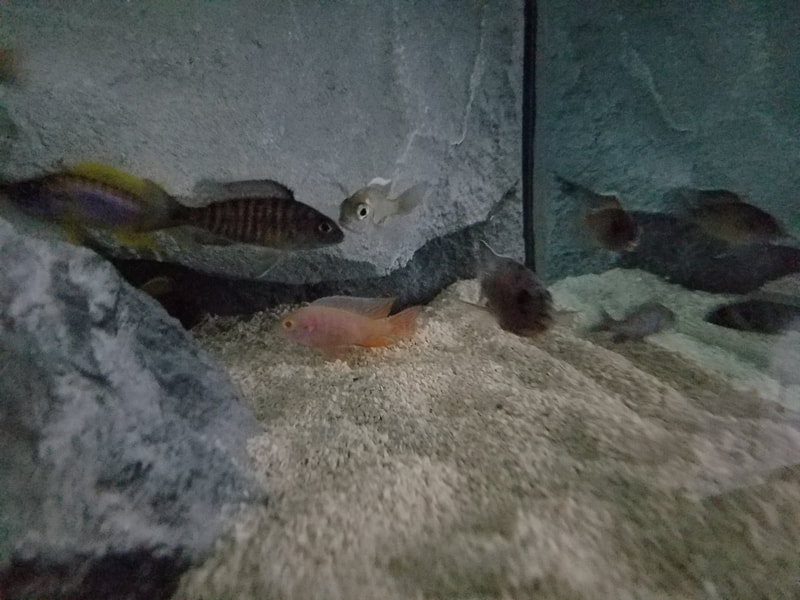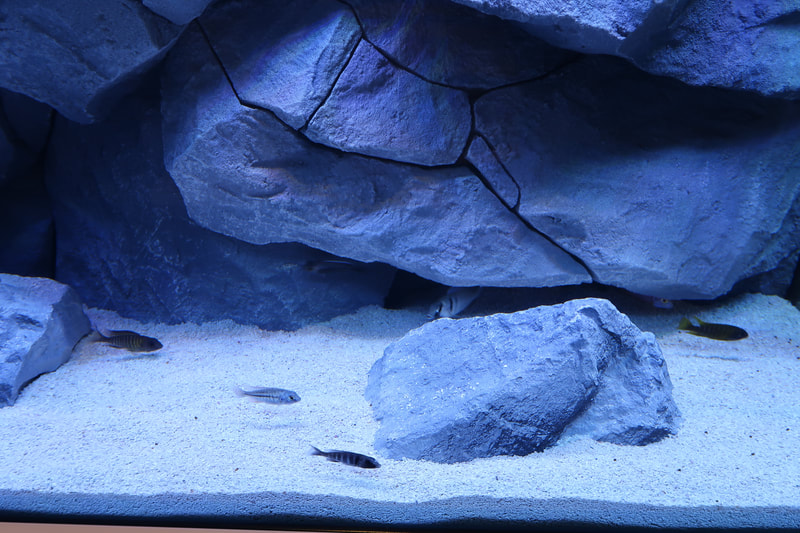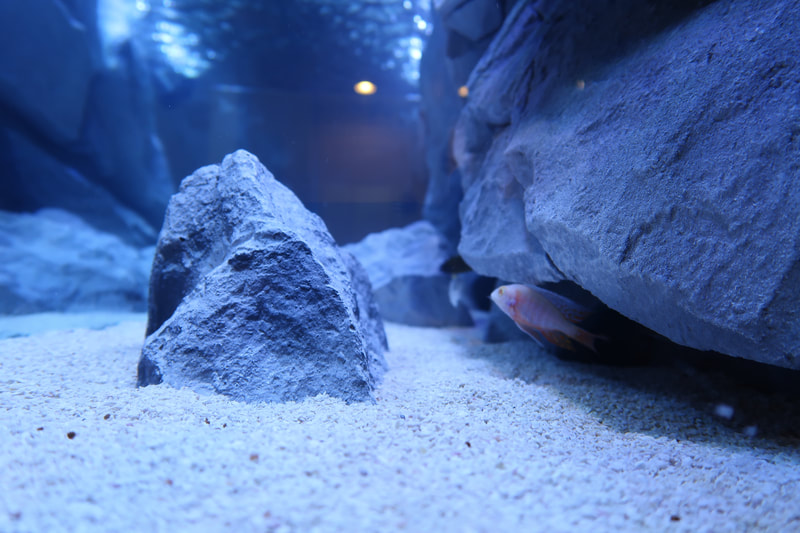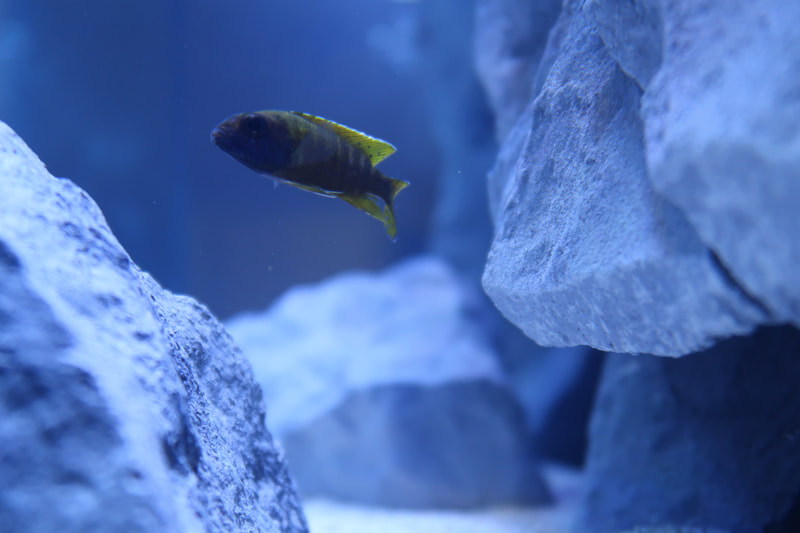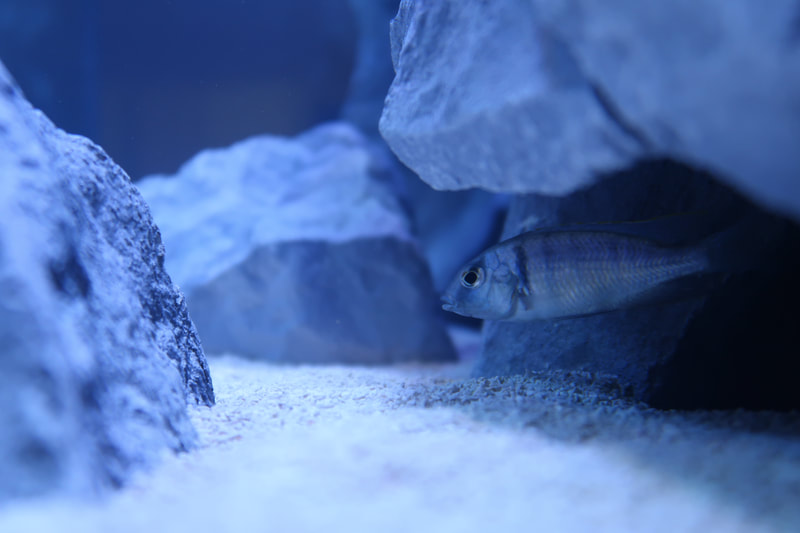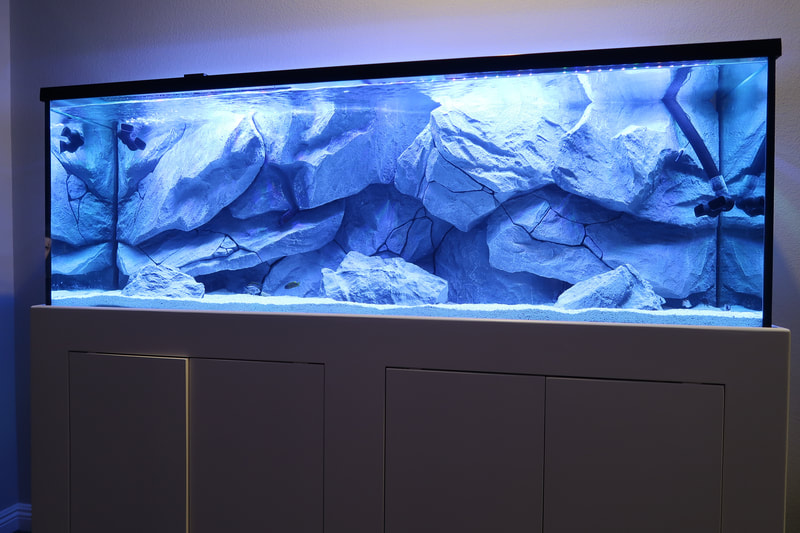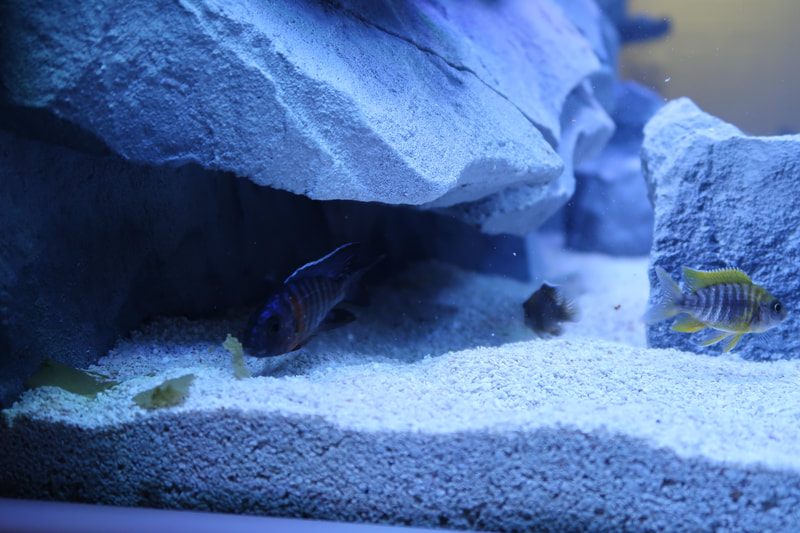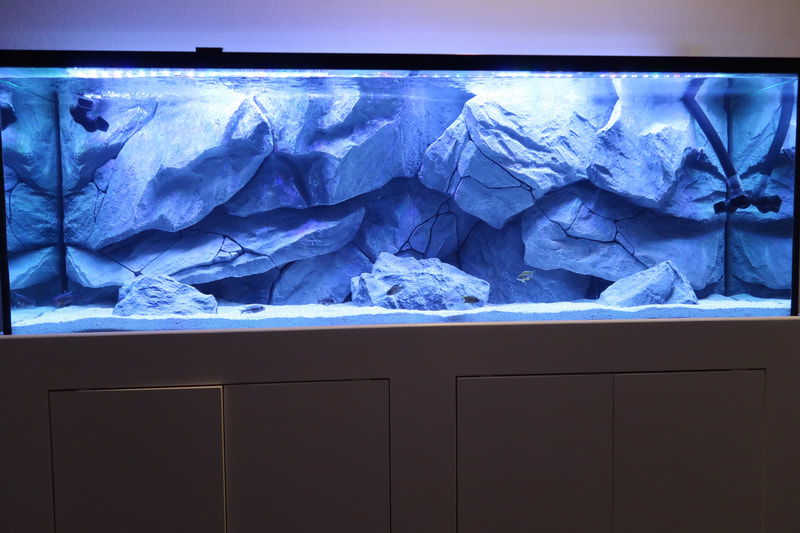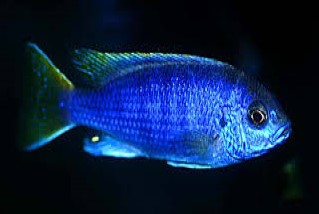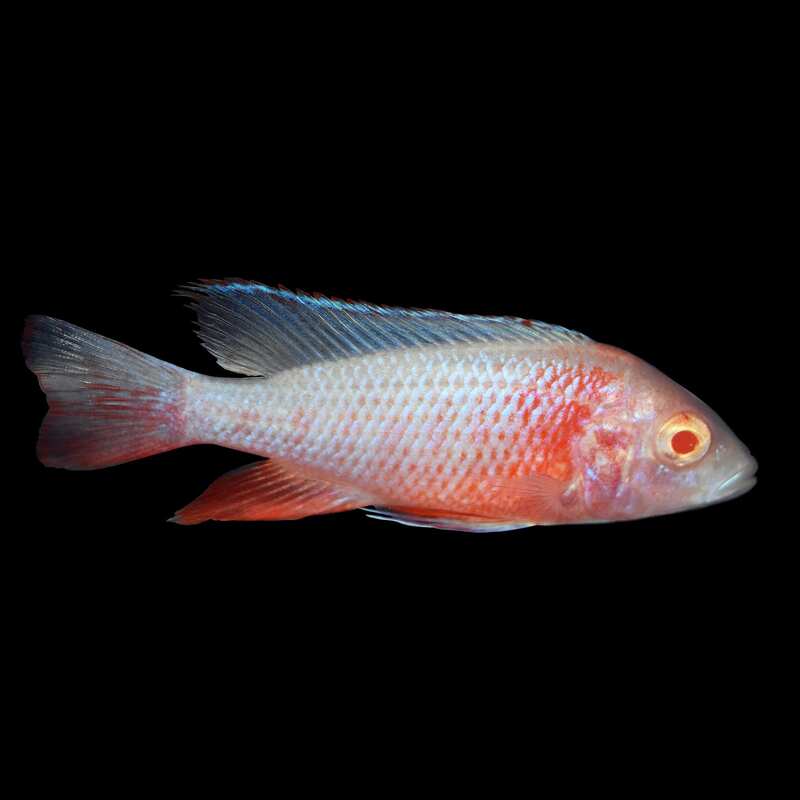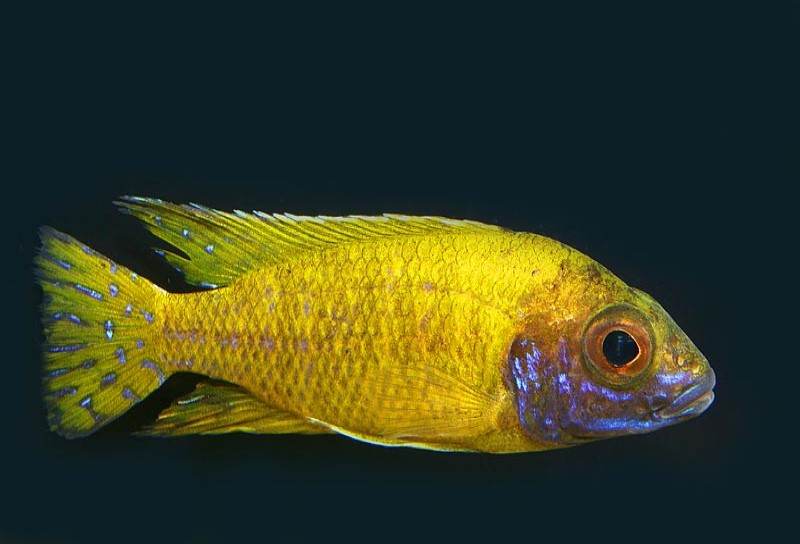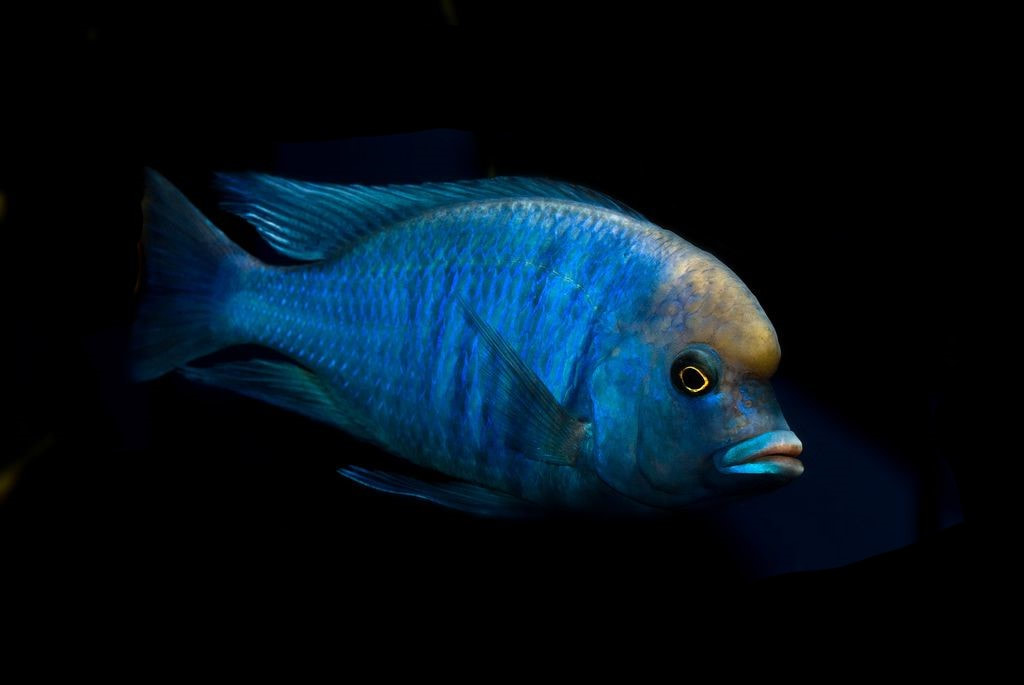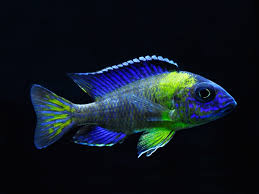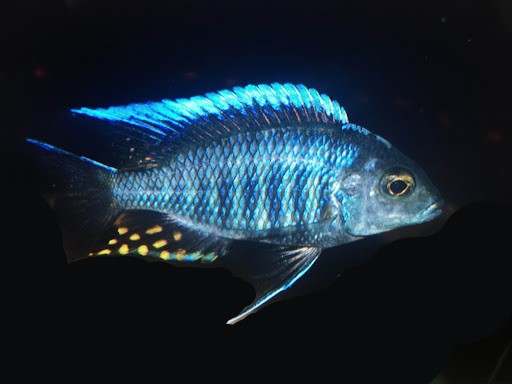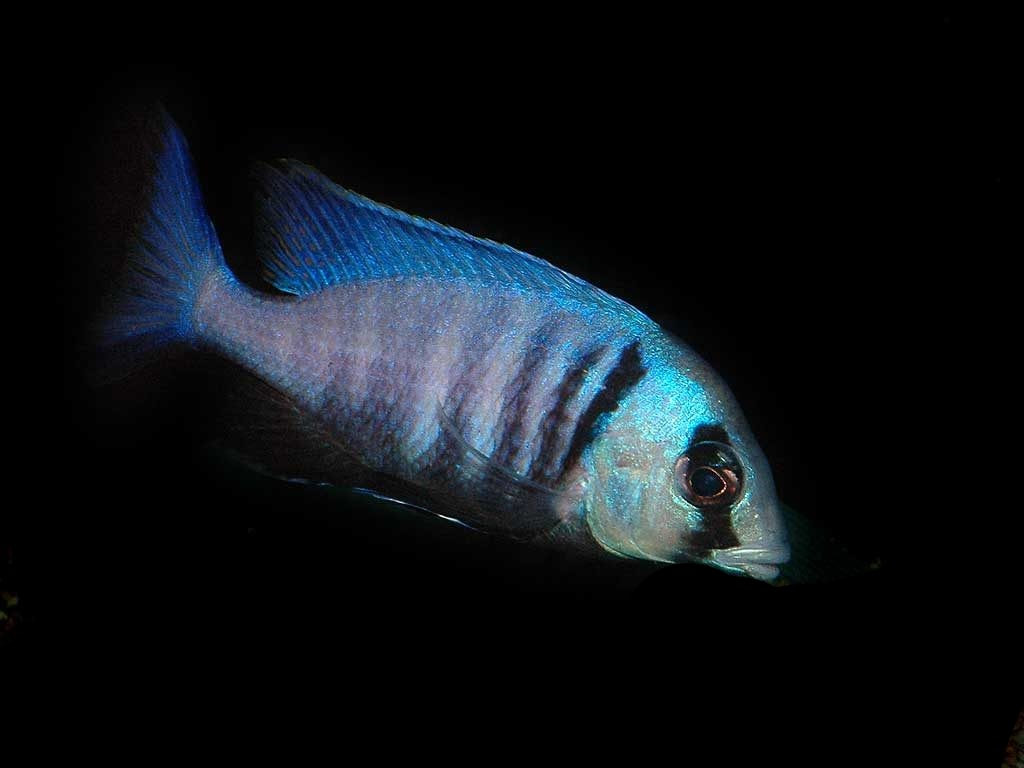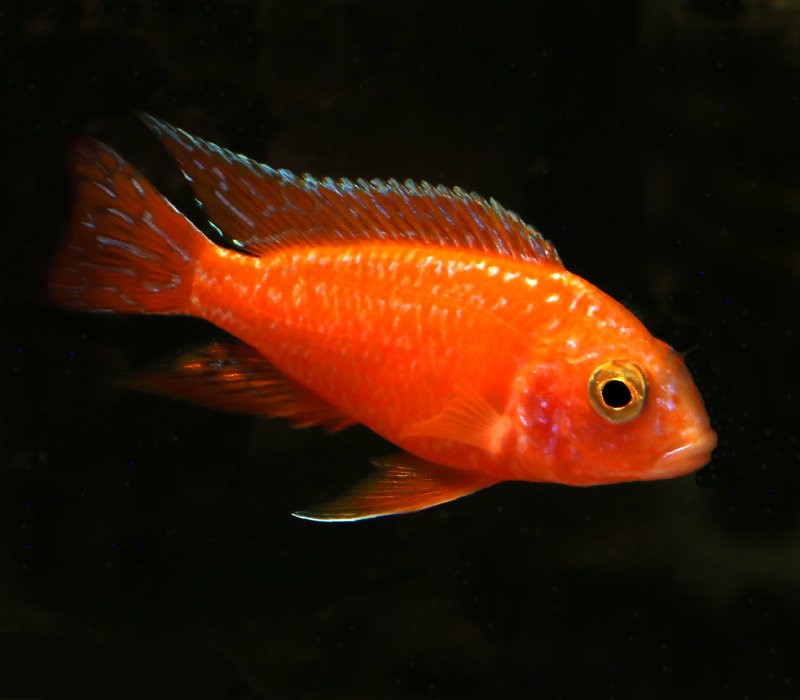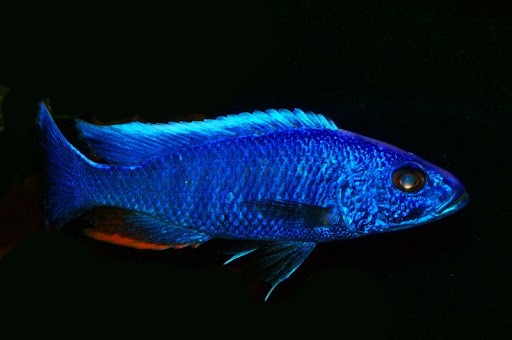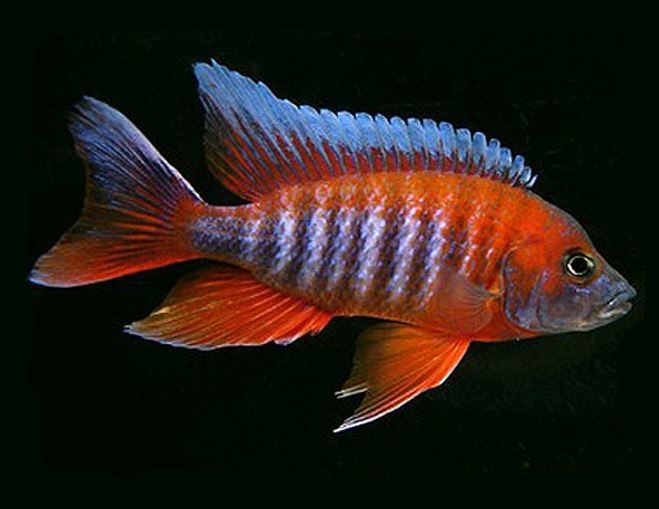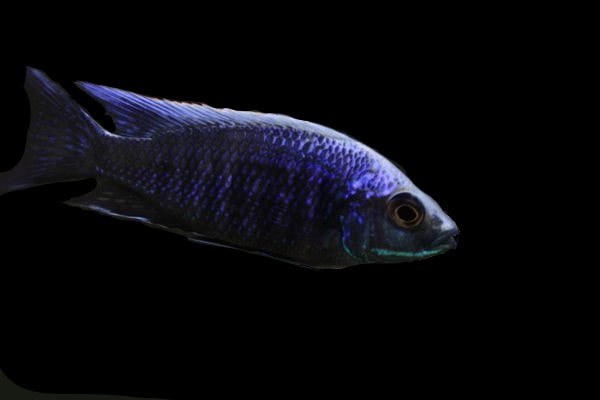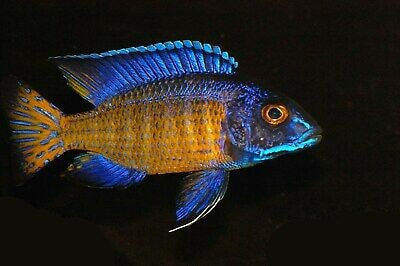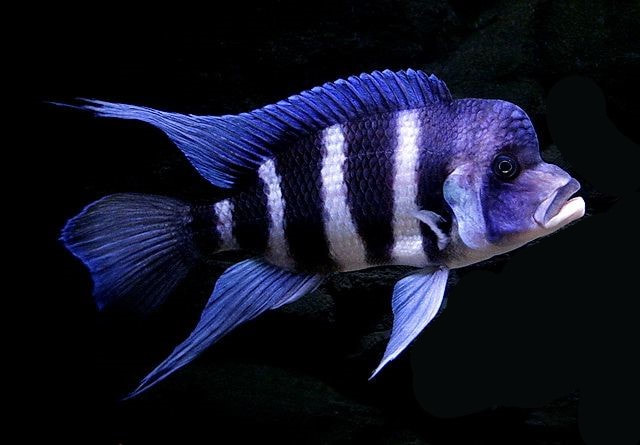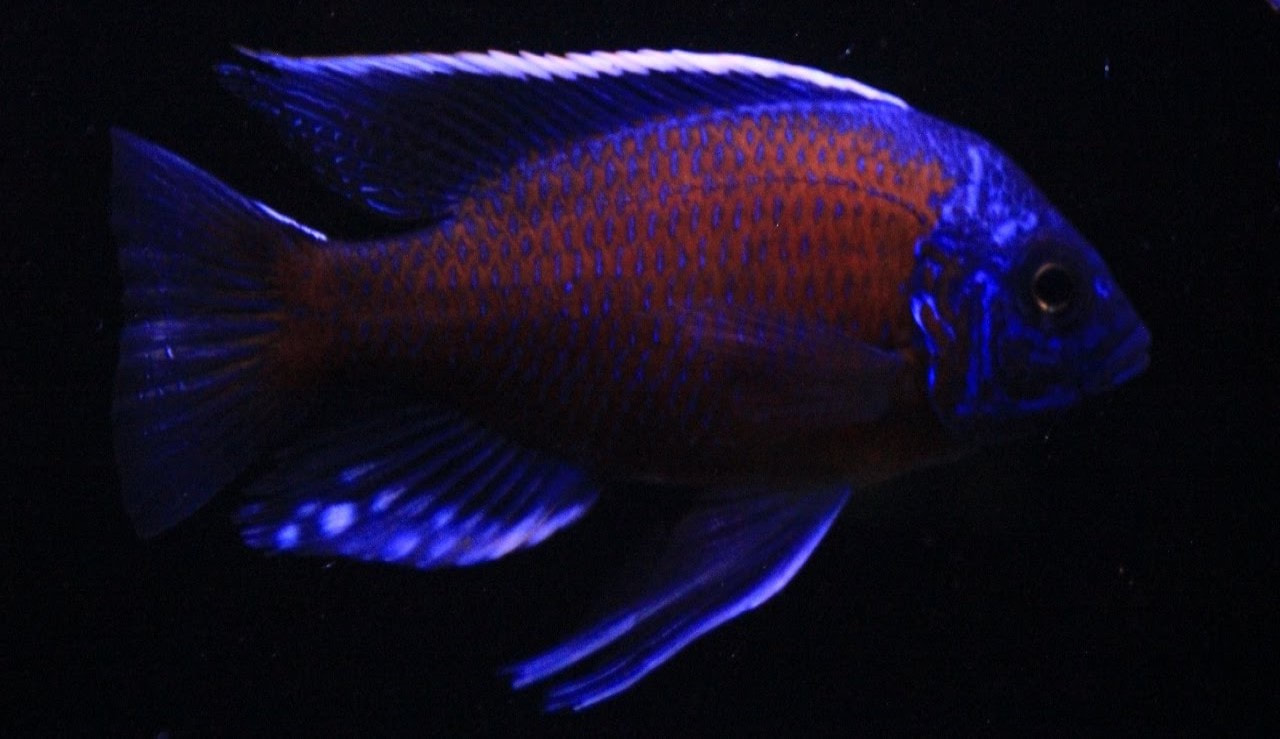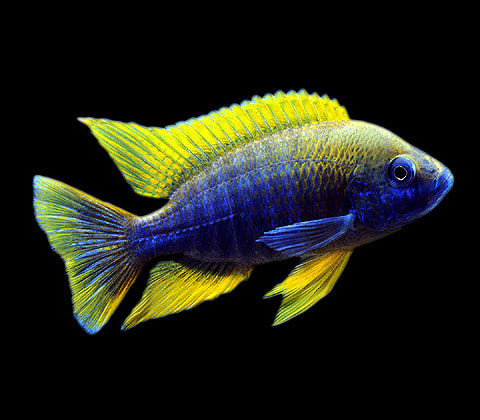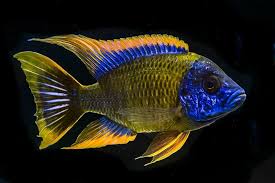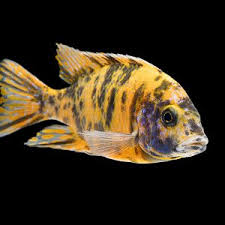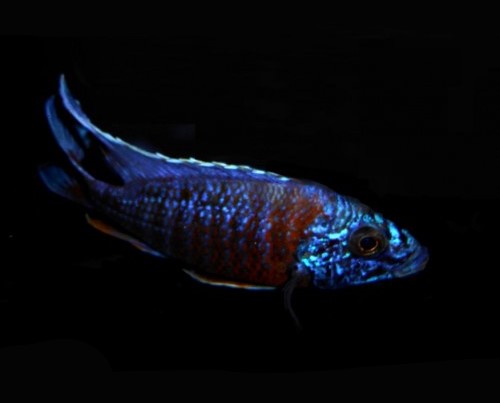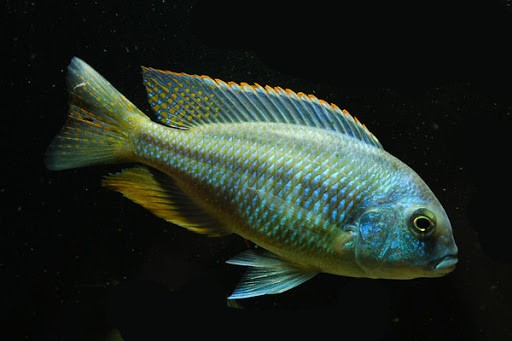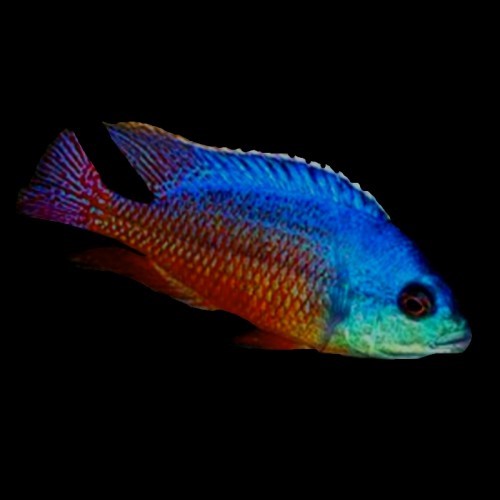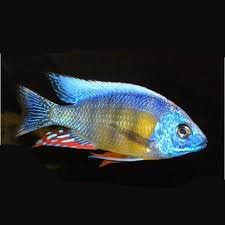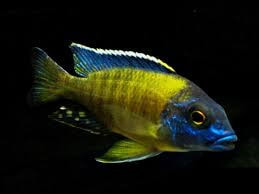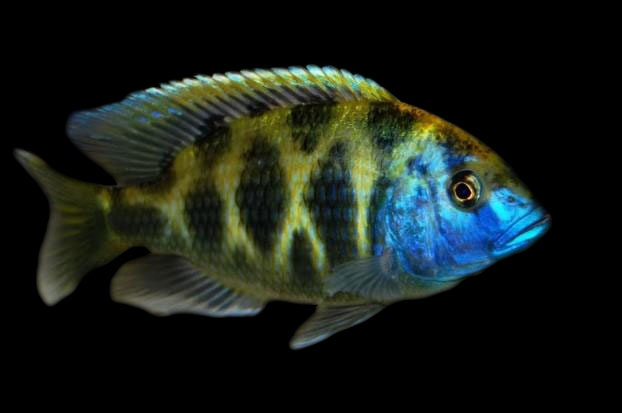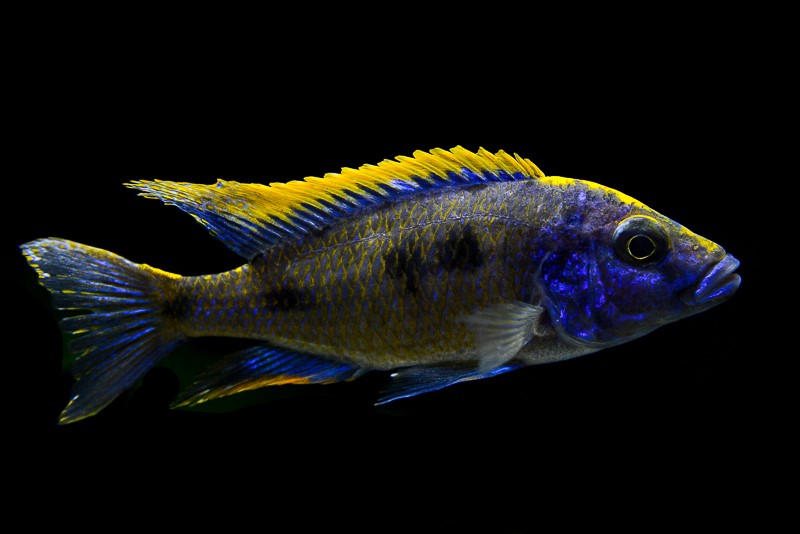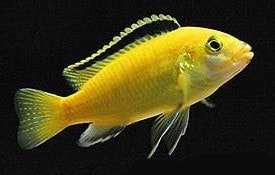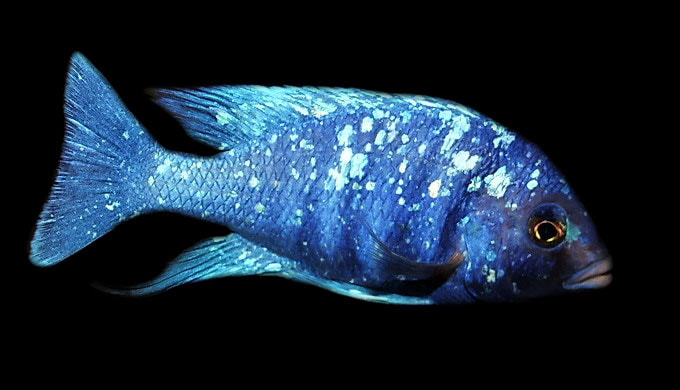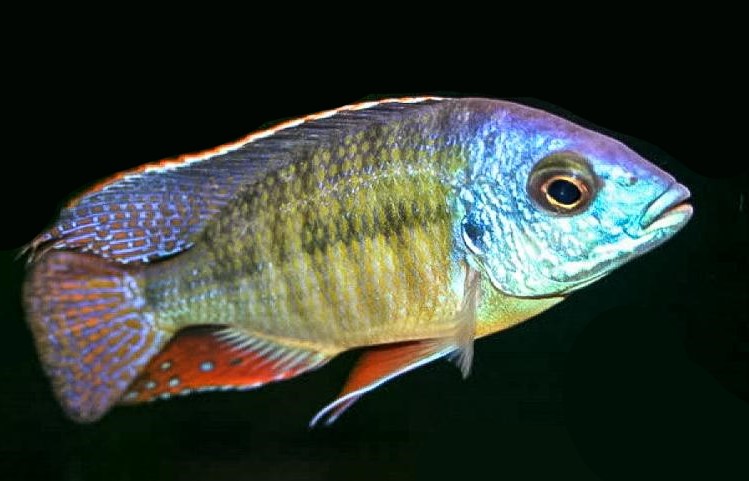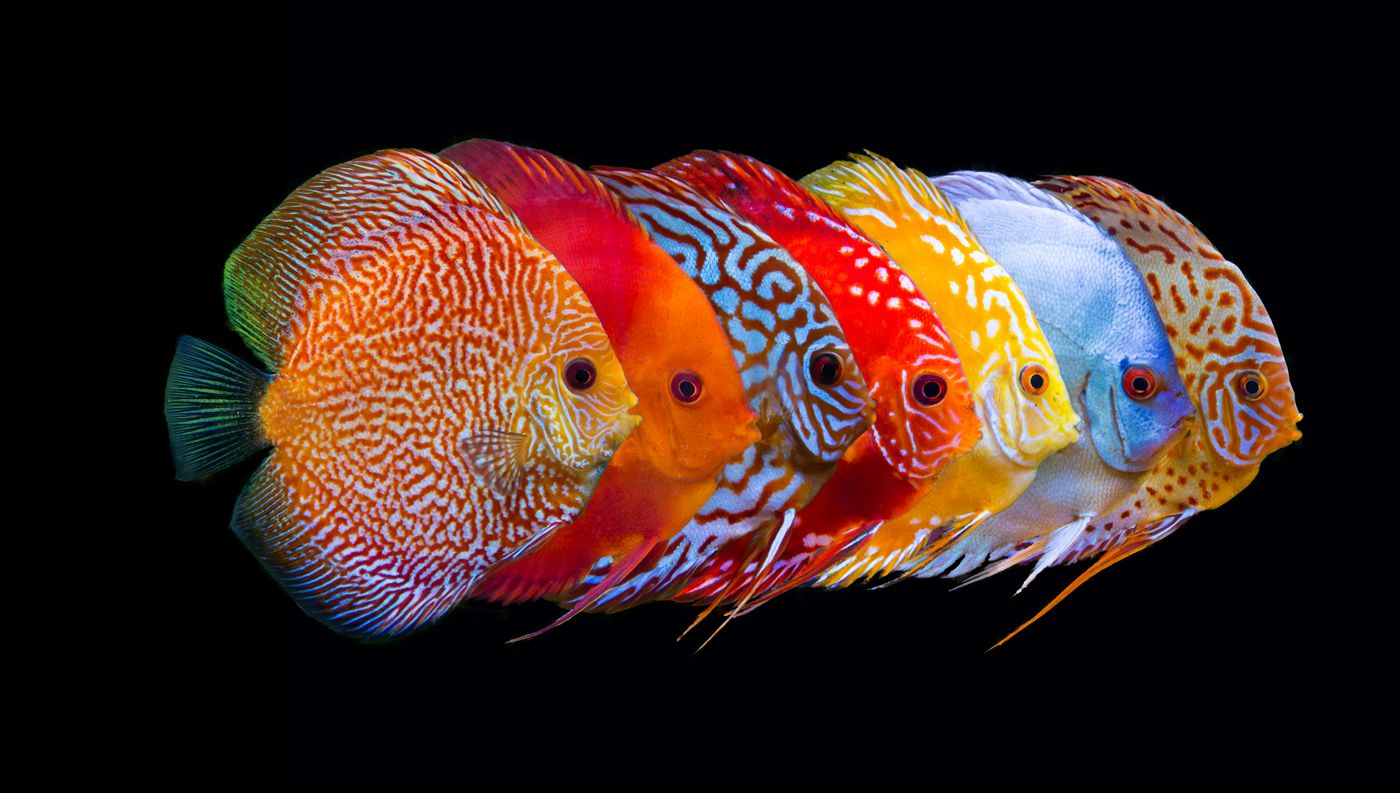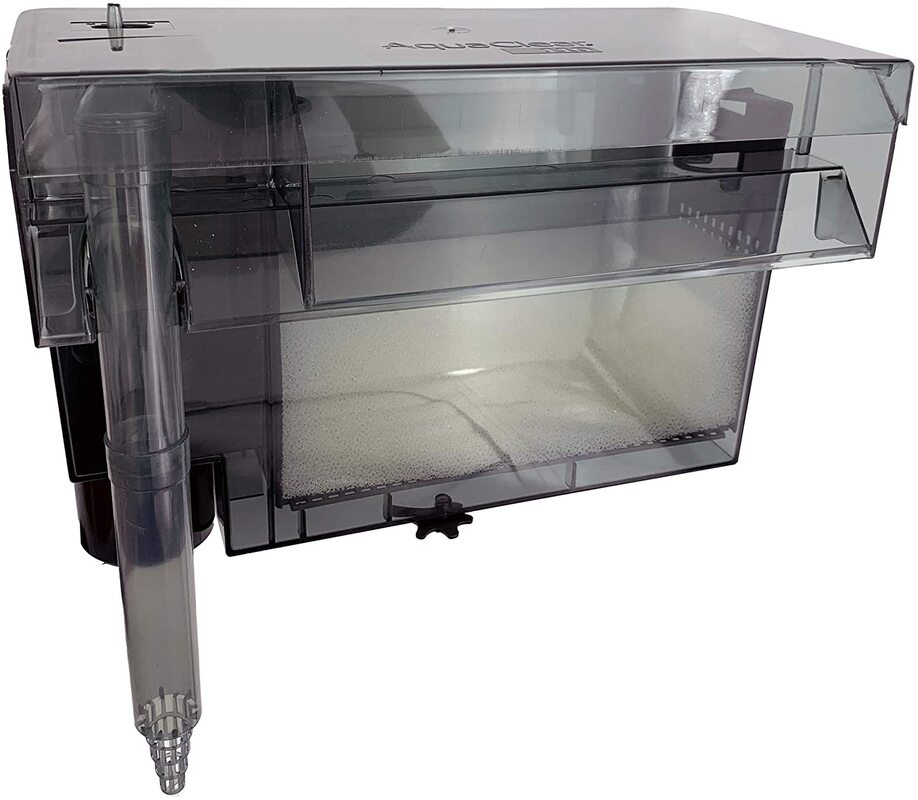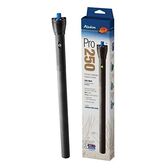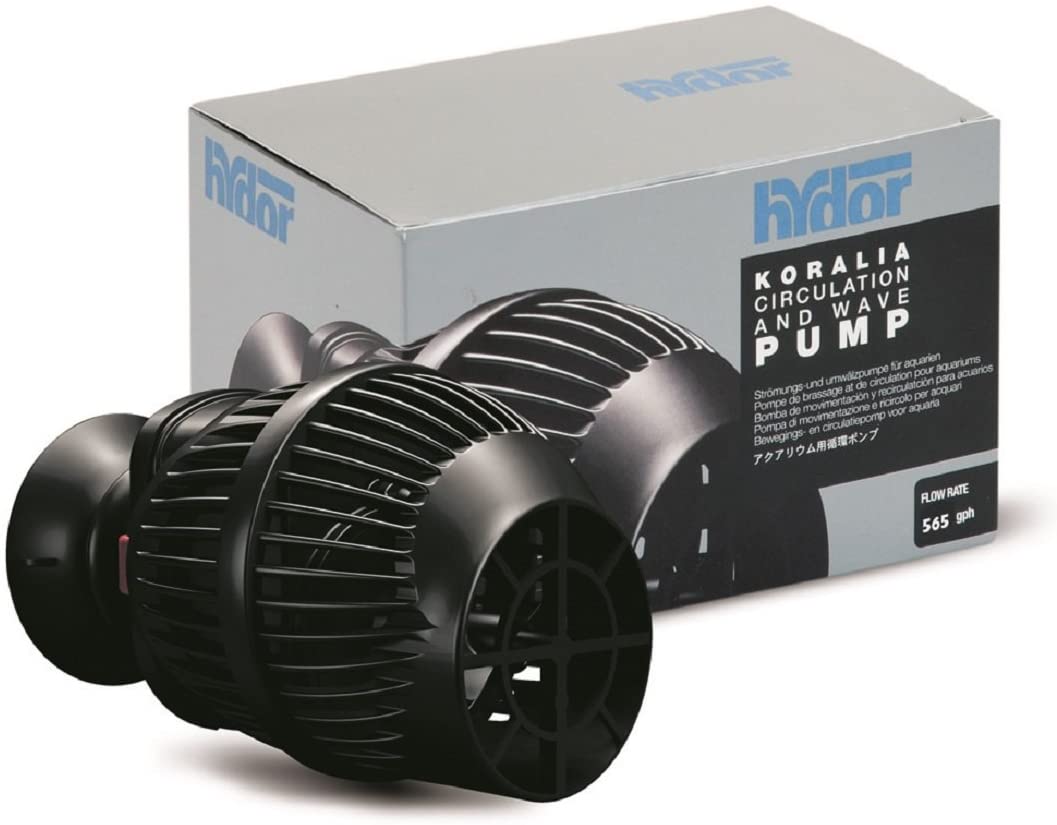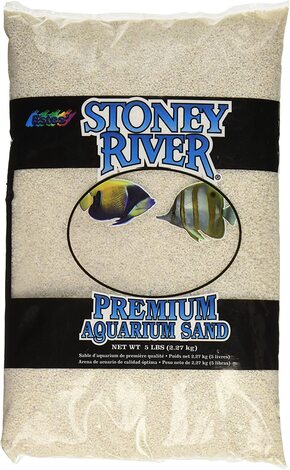|
It all started with a unique space in my house. It was an opening in a wall between the living room and the office room. One day, Sheena suggested that it would look awesome if there were fish swimming around in a custom built aquarium built in that space. I agreed but brushed it off quickly as I knew while it might look good there, it would be hard to maintain and space was too narrow for a fish tank. But after more thought, I realized it WOULD be cool to raise fish in an aquarium. Growing up, my dad raised goldfish in a big custom fish pond and I always enjoyed checking them out after school. So maybe it was in my genes that I too wanted to keep fish. However I knew nothing about keeping fish as pets. So that's when the research started. 🐟🐠🐡🐟🐠🐡
|
|
As I read and watched tons of articles and youtube videos, the first question I asked myself is, "should I have a freshwater or salt water tank?" Here are the main reasons for each.
|
Freshwater
Easier to start and maintain (water changes/cleaning) for a beginner Relatively cheaper overall, including the fish Less algae growth because of plant life Can have a smaller tank size |
Saltwater
Extremely colorful fish and corals Variety of different fish to choose from Evolving tank, there may be new species that appear in your tank over time. |
After much thought, I decided with a freshwater tank. Since I had zero experience, I'd play it safe and start off easy.
|
So first I'll need a tank. What size you say? Well from what I've read, if you have the space, buy the largest tank you can get. This is for a couple of reasons. One, the larger the tank, the easier it is to keep the fish alive. That's because water parameters are more stable. And two, well, a bigger tank just looks badass and you can have more fish! So I found a space in my house that could fit a 135 gallon tank. That would be 72" long, 24" high, and 18" in depth. Shout out to Aquatic Treasures for making me this custom tank and cabinet. Matches my house well! 👌
|
Next step is to choose which fish I want to keep. This is the most important decision since all fish require different water parameters. I chose the African Cichlids, specifically from Lake Malawi. They are generally hardy fish, with a variety of bright beautiful colors. Although a bit aggressive, they typically thrive in hard water, perfect for Las Vegas tap water. Because only the males have the bright colors, I'll have to do an all male tank. They could get very aggressive with each other so I'll have to monitor them closely. There will typically be a social order hierarchy with one alpha at the top and the runt at the bottom. If one doesn't play nice, I'll have to put him on time out and isolate him in another tank, then re-introduce him back in.
In the wild, they swim among shallow waters with a rocky biotope. To try and recreate this environment, I decided on a 3d background, replicating this rocky habitat to make my new cichlids feel right at home.
|
Credit to Aquadecor for making a very realistic looking custom rock 3d background for me. Build time was a week, ship time about 2 weeks (international had a little mix up with the post office) and finally arrived here late. It comes in 7 separate sections that fit together like a puzzle. The material is hard styrofoam that was painted to resemble rock. And let me tell you, it looks near identical to real rock. It also came with separate fake boulders for the floor. I was highly impressed. I had to silicone each part to the back glass of the aquarium. Once the silicone cures, I'll need to add my substrate (white sand) and water and start cycling the tank.
|
|
|
Now comes all the equipment. Filters is first. You need these to keep the water nice and clean/clear. There are many kinds of filters like hang on the back, sponge, sump, cannister. What I wanted was a very clean look with the filters hidden. Cannister filters fit my need as I could hide the hoses behind the rock and have the main cannister in the cabinet.
A heater is required to maintain the temperature of the water. Having two is best in case one decides to break, you'll have backup. The substrate is not required but gives it a very natural look. And African cichlids like to sift through the sand for food. As a bonus, the sand keeps the pH of the water stable. Lighting was not as important as I was not keeping any plants, so I went with just a standard LED light. My final setup includes two Fx6 cannister filters, two Aqueon 250watt heaters hidden behind the rocks, many bags of White eco-complete Cichlid sand for the substrate, and a 72" Aquaneat LED lighting. |
The way I set up the cannister filter is shown by a diagram below. Green lines show the in-flow of water into the filters, red lines show the water flowing out of the filters. This works well to cycle the water all around the tank so there are no dead spots where water can become stagnant. All hoses were hidden behind the pre-planned 3d background so you wouldn't see the intakes.
The guts of the FX6 filters. 3 layers of sponges give great mechanical filters. I then have 2 layers of filter media. Filter media gives a home to the beneficial bacteria to live on which I will explain in the next section. I highly recommend the biohome ultimate which works great for me. Top layer I have a Purigen which helps to rid of impurities and clears up the water to pristine clarity.
Before the fish can be introduced, the tank must be cycled. This is a crucial step to create a more stable environment for the fish to live in. The process works like this. Fish produce ammonia from their poop. Food and decaying plant also produces ammonia. Too much ammonia is extremely lethal and will kill off fish. So how do we get rid of the ammonia? You may be thinking water changes! This is true, however, you'd have to change water quite often as ammonia can build up very fast. What we need are beneficial bacteria in the aquarium to convert the ammonia into nitrite, and then different beneficial bacteria to convert it to nitrate. Nitrate is much safer to fish compared to ammonia. However, too much nitrate is still bad for the fish so that's where water changes come in. Plants do help rid some of the nitrate but usually not enough.
To grow this beneficial bacteria, we just add a bit of ammonia in a full tank with water and wait. And wait. And wait. Over time, bacteria will magically grow inside your filters, the substrate, and practically anything inside the tank with surface area. You will have to test every day with a test kit to see if the ammonia disappears and that you are getting nitrite, and finally nitrates. Once all ammonia is gone, you add a bit more ammonia and repeat the process until the ammonia gets converted to nitrates in a day. This may take many weeks and is a painfully long process. 😫 But the fish will thank you as it becomes a safe home for them.
Once you have your tank nice and cycled, it's FINALLY TIME to put some fish in! Here comes the most exciting part. However, there are certain things to know before you put them in. It is very important to acclimate the fish to both your water parameters and your temperature before dropping them in. Also a darker environment keeps the fish feel more at ease. To do this, float the baggies with the fish in your tank for 20 min until the water temperature in the bag matches your tank temperature. Second, open the bags and add a cup of your fish tank water into the bag every 5 min over the course of 30 min to acclimate the fish to your tank water parameters. Lastly, you can scoop the fish out of the bag and release it into the tank. Make sure you DO NOT dump the contents of the bag into the tank. Watch your fish in their new home! 🐟🐠🐟🐠👀 They may be a bit scared at first and hide so keep the lights low so they feel comfortable.
Shout out to the local breeders, Rob at BreedCichlids and Fred at VegasValleyCichlids, for getting me some really healthy males. They both come highly recommended here in Las Vegas.
Current Stock:
Star Sapphire, Usisya, Deepwater Hap, Red Shoulder, C. Rhoadesii, Benga Yellow, Blue Orchid, Albino, Lemon Jake, Blue neon
Star Sapphire, Usisya, Deepwater Hap, Red Shoulder, C. Rhoadesii, Benga Yellow, Blue Orchid, Albino, Lemon Jake, Blue neon
Video of my all male hap/peacock juvenile African Cichlids starting to color. So far there are 10 but will continue to update with more videos of them as they grow and I bring in new fish!
It's only been 2 months and look how the fish has grown! There are some new ones as well. The tank is fully stocked with 27 now and it's time to let them grow and brighten up. I feed twice a day with New Life Spectrum pellets and change the water once a week.
ONE YEAR LATER
So it's been a year and for the most part, everything has been going well. However, my OB peacock became too aggressive. He claimed half the tank for himself! The rest of the 24 fish were swimming in the other half. Any time one would try to enter his territory, the OB would chase him off. Time for a time out. I placed the OB in a separate tank for a month, then reintroduced himself back into the tank. And the above video is what happened. He had to fight his way all the way up the social ladder again to claim the tank boss position, and once again he took over half the tank. 😣
UPDATE: I put the OB on time out once again, this time for 2 months. After reintroducing him back in the tank, all the fish ganged up and harassed him so much he died 😥. A new social rank was established when he was gone, and looks like they remembered and had enough of him. Sometimes, certain fish personalities just don't work with the family and you have to figure out how to fix it or leads to death. This is one stressful aspect of keeping African Cichlids.
TWO YEARS LATER
|
|
|
The fish are getting larger and more colorful. I have now a few different cichlids not from Lake Malawi that are supposedly compatible: Frontosa and an Mbuna yellow lab. So far they are all living happily with each other and no more fights. There is always the occasional scuffle but for the most part they are all playing nicely with each other. If you noticed, there's a red rock in there now. That one is a real red rock from Red Rock Canyon my dad picked up.
After taking care of my Cichlids for two years, I have finally gotten sick with MTS. Multiple Tank Syndrome. I have decided to build another 135g fish tank. This time, I want a planted tank with Discus. Good thing my wife was ok with the decision.
Discus are much harder to take care of. They are more delicate, requires more maintenance, water parameters are more specific, but they are so exotic; this will definitely be a challenge.
Discus require pristine clean water, so regular water changes is a must, like at least 2x a week! They need temperatures around 85F. They like soft water. And they need multiple feedings a day.
So once again, I head over to Aquatic Treasures and order another tank identical to my first one. The Discus tank will be placed just across the Cichlids so they'll be neighbors! Ultimately, the desire is that this will become a very nice office space for Johanna.
|
For this setup, I'm going to be using one Fx6 cannister filters, a HOB AquaClear 110 HOB filter, Aqueon 250watt heaters, a Hydor Koralia nano 656 Circulation pump to help keep the water moving, and Stoney River White Aquatic Sand for the substrate.
The reason for a HOB is that I can clean the filter much easier than a cannister, since Discus requires constant clean water. No 3d background this time as it makes much more difficult to clean, and also takes up space as this space could be used for the discus to swim. |

